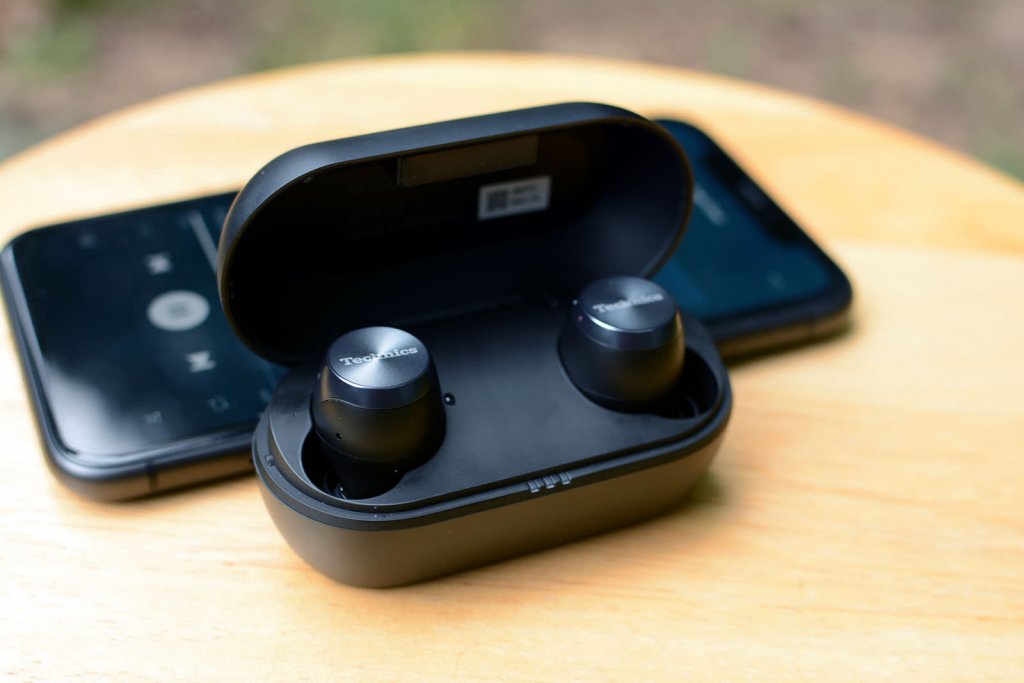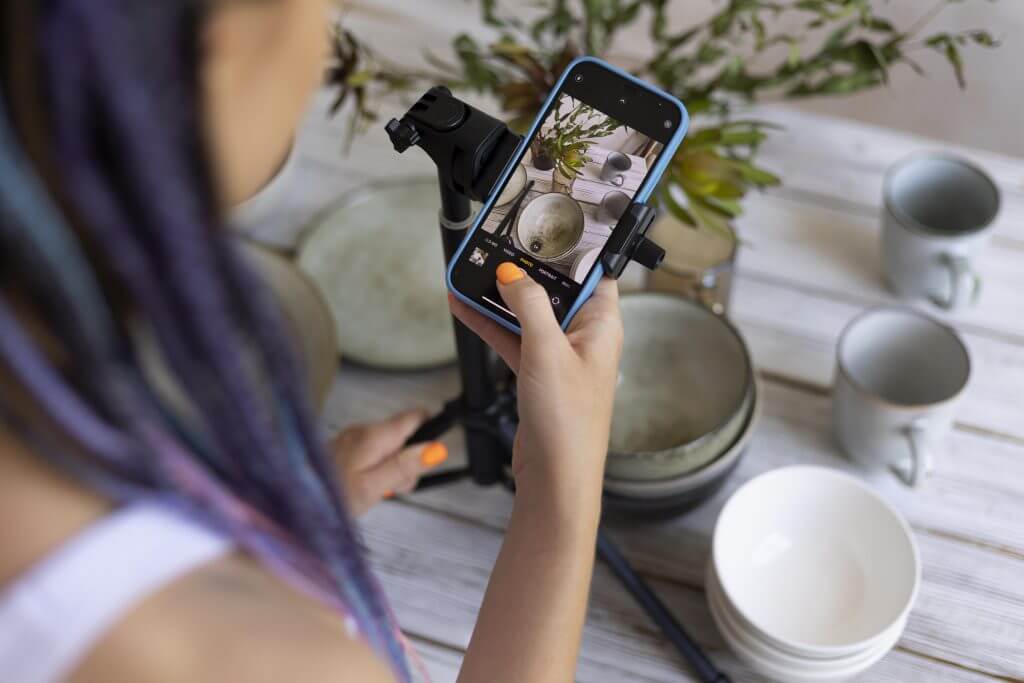Introduction
In the e-commerce era, product photography plays a very crucial role in attracting customers and driving sales. High-quality product images not only showcase your merchandise but also create a positive impression that entices potential buyers. While professional photography services are available, conducting DIY product photography for your e-commerce store is a cost-effective and rewarding approach. In this comprehensive guide, we will explore the step-by-step process of conducting effective and professional-looking product photography at home. Let’s dive in and master product photography for e-commerce success!
Importance of High-Quality Product Images for E-Commerce
When it comes to e-commerce, visually appealing product images are essential for grabbing the attention of online shoppers. High-quality images convey professionalism, build trust, and significantly impact purchasing decisions. By investing time and effort into creating captivating product photos, you can elevate your brand’s image and increase the chances of conversions and sales.
Benefits of DIY Product Photography for E-Commerce
While hiring professional photographers may seem like the easiest solution, there are distinct advantages to conducting DIY product photography for your e-commerce store. Firstly, it allows you to have complete control over the creative process, ensuring that the images align with your brand identity. Secondly, DIY product photography is a cost-effective approach, especially for small businesses or entrepreneurs on a tight budget. Lastly, by conducting your own product photography, you have the flexibility to adapt quickly to new products, trends, and marketing strategies.
Understanding the Impact of Product Photography on Sales
Product photography directly influences sales and conversions in the world of e-commerce. High-quality images engage customers, pique their interest, and provide a visual representation of your products. By investing in product photography, you are investing in your customers’ confidence and trust, leading to increased sales and customer satisfaction.
Essential Equipment for E-Commerce Product Photography
To conduct successful product photography, it is essential to have the right equipment. Some key components you’ll need:
Camera Selection and Specifications : Choose a camera that suits your needs and budget, considering factors such as resolution, sensor size, and lens compatibility.
Tripods and Stabilization : Use tripods and stabilization tools to eliminate camera shake and ensure sharp images.
Lighting Equipment and Techniques : Invest in proper lighting equipment, such as studio lights or natural light sources, and learn techniques to create a well-lit and visually appealing setup.
Backgrounds and Props : Choose suitable backgrounds and props that complement your products and enhance their visual appeal.
Post-Processing Tools and Software : Familiarize yourself with post-processing tools and software to edit and optimize your product images.
Setting Up Your Product Photography Studio at Home
Creating a dedicated product photography studio at home is essential for consistent and professional-looking results. Consider the following steps:
Choosing the Right Space : Select a well-lit area in your home that provides sufficient space for your setup and equipment.
Creating a Product Photography Setup : Set up a dedicated table or surface with a neutral backdrop, ensuring a clutter-free environment.
Optimizing Natural Lighting : Take advantage of natural light by positioning your setup near windows or using diffusers and reflectors to control its intensity and direction.
Utilizing Artificial Lighting : If natural light is insufficient, invest in affordable studio lights to create a consistent lighting setup.
Organizing and Styling Your Studio : Keep your equipment, props, and products well-organized and develop a cohesive styling approach to maintain consistency across your product images.
Composition and Styling for E-Commerce Product Photos
Effective composition and styling are key factors in creating captivating product images.
Consider the following tips:
Understanding Product Presentation: Focus on creating clean and clutter-free compositions that highlight the product and its features.
Creating Attractive Arrangements: Experiment with different arrangements, angles, and perspectives to showcase your products in the most visually appealing way.
Utilizing Props and Accessories: Enhance your product images by incorporating props and accessories that complement your products and create visual interest.
Product Styling Techniques: Employ specific styling techniques tailored to different product types, such as folding techniques for clothing or arranging layers for food photography.
Capturing Product Details: Pay attention to capturing close-ups and product details to provide a comprehensive view of your products.

Mastering Product Photography Techniques
To achieve professional-looking product images, it’s essential to master specific photography techniques:
Achieving Proper Exposure and Lighting Balance: Understand exposure settings and techniques to ensure well-lit and balanced product images.
Mastering Depth of Field: Control depth of field to create a selective focus and draw attention to specific product elements.
Capturing Sharp and Crisp Images: Use appropriate focusing techniques and aperture settings to achieve sharp and crisp product images.
Exploring Different Angles and Perspectives: Experiment with various angles and perspectives to add variety and visual interest to your product catalog.
Showcasing Product Functionality: Capture dynamic shots that showcase your products’ functionality and demonstrate how they can be used.
Post-Processing and Image Optimization for E-Commerce
Post-processing is a crucial step in optimizing your product images for e-commerce platforms. Consider the following aspects:
Introduction to Post-Processing: Understand the basics of post-processing and its role in enhancing your product images.
Enhancing Product Images: Use basic adjustments, such as exposure correction, color correction, and white balance adjustments, to enhance the visual appeal of your product photos.
Removing Imperfections and Background Cleanup: Eliminate imperfections, blemishes, and distractions from your product images through retouching and background cleanup techniques.
Optimizing Image File Formats and Sizes: Choose appropriate file formats and sizes that balance image quality and loading speed for a seamless user experience.
Consistency and Branding: Maintain consistency in image editing styles and branding elements across your product catalog to establish a cohesive visual identity.

Outsourcing E-Commerce Product Photography Services
While DIY product photography offers numerous benefits, there may be instances where outsourcing photography services is more suitable. Consider the following factors:
Pros and Cons of Outsourcing: Evaluate the advantages and disadvantages of outsourcing product photography for your e-commerce store.
Finding the Right Service Provider: Research and identify reliable e-commerce photography service providers that align with your requirements and budget.
Evaluating Pricing and Packages: Compare pricing and packages offered by different service providers to ensure they fit within your budget.
Collaborating with Professional Photographers: Effectively communicate your brand’s vision and requirements to professional photographers to achieve the desired results.
Ensuring Quality Control and Brand Consistency: Establish clear guidelines and maintain open lines of communication to ensure quality control and brand consistency throughout the outsourcing process.
Tips for Effective E-Commerce Product Photography
To excel in e-commerce product photography, consider the following tips:
Understanding the Target Audience and Market Trends: Research your target audience’s preferences and stay updated on current market trends to create product images that resonate with potential buyers.
Showcasing Product Features and Benefits: Highlight the unique features, benefits, and value propositions of your products through compelling imagery.
Capturing Emotion and Creating a Brand Story: Infuse emotion and storytelling elements into your product images to create a connection with your audience.
A/B Testing and Continuous Improvement: Conduct A/B testing to refine your photography techniques and continuously improve your images for higher conversions.
Staying Up-to-Date with E-Commerce Photography Trends: Keep a pulse on emerging e-commerce photography trends, such as lifestyle product images or user-generated content, to stay ahead of the competition.
Conclusion
Mastering product photography for e-commerce is an achievable goal with the right knowledge, equipment, and techniques. By following the steps outlined in this guide, you can easily and effectively conduct DIY product photography for your e-commerce store. Remember the importance of high-quality images, the benefits of DIY photography, and the impact of product photography on sales. With practice, attention to detail, and a commitment to continuous improvement, you can create stunning product images that elevate your brand, engage customers, and drive e-commerce success.
So, gear up, set up your product photography studio at home, and start capturing captivating images that will leave a lasting impression on your customers. Happy shooting!

